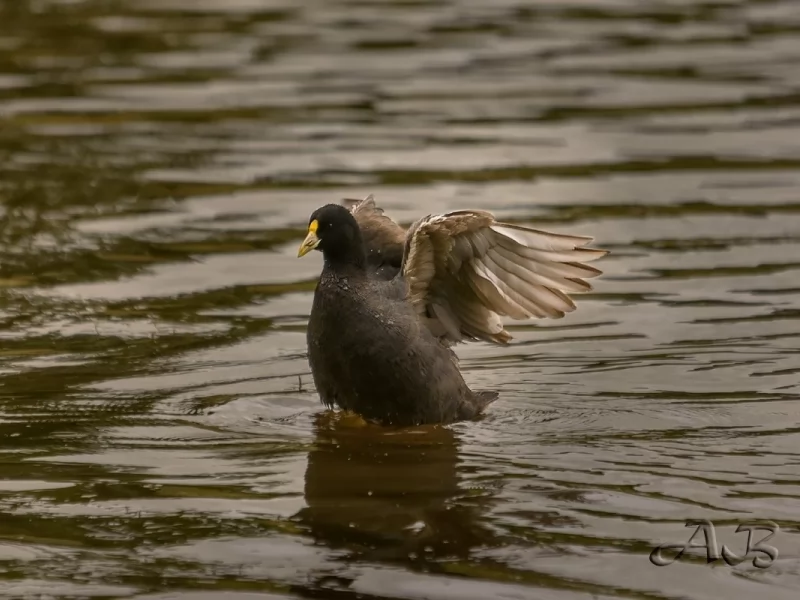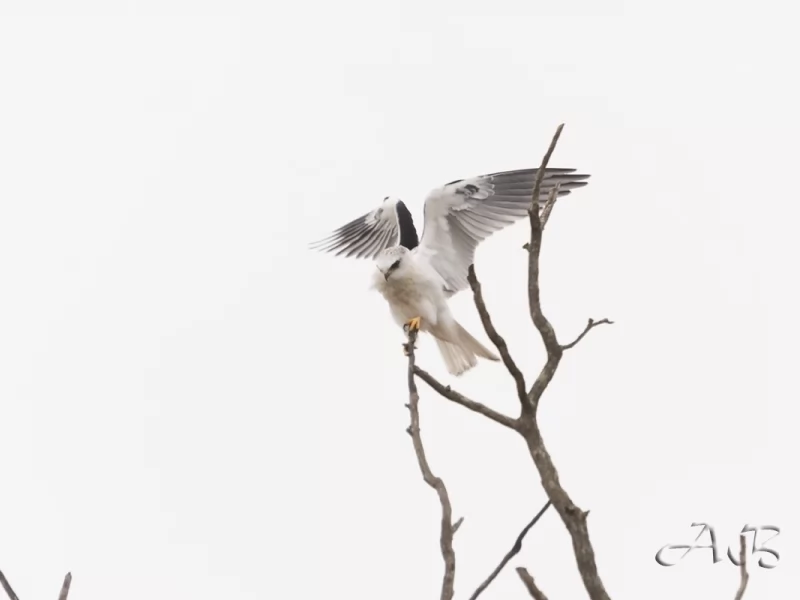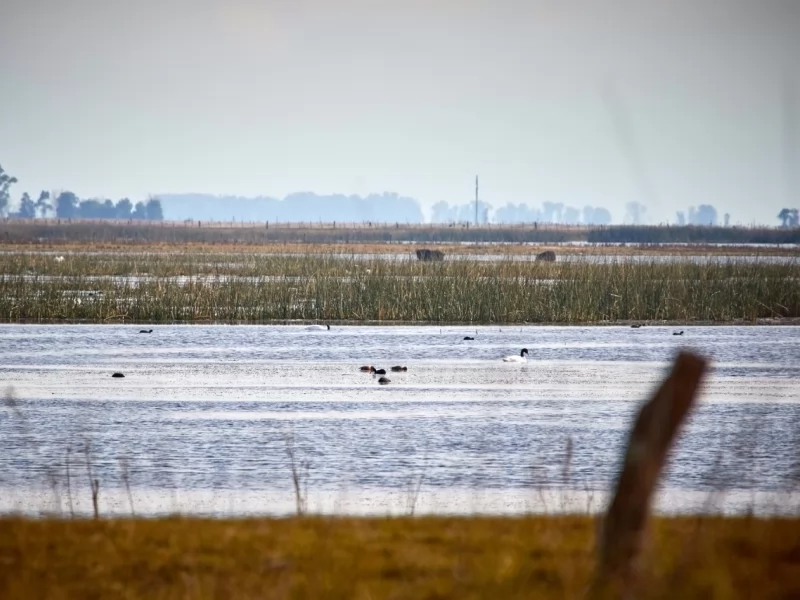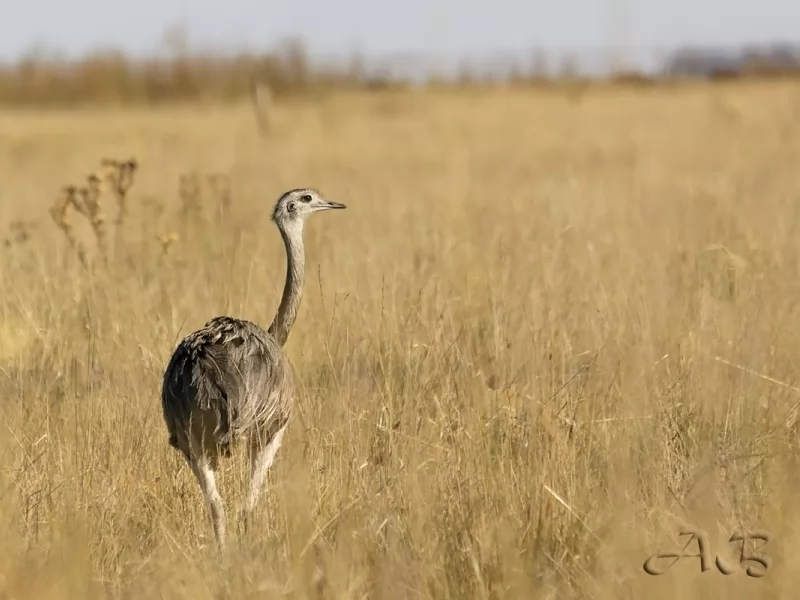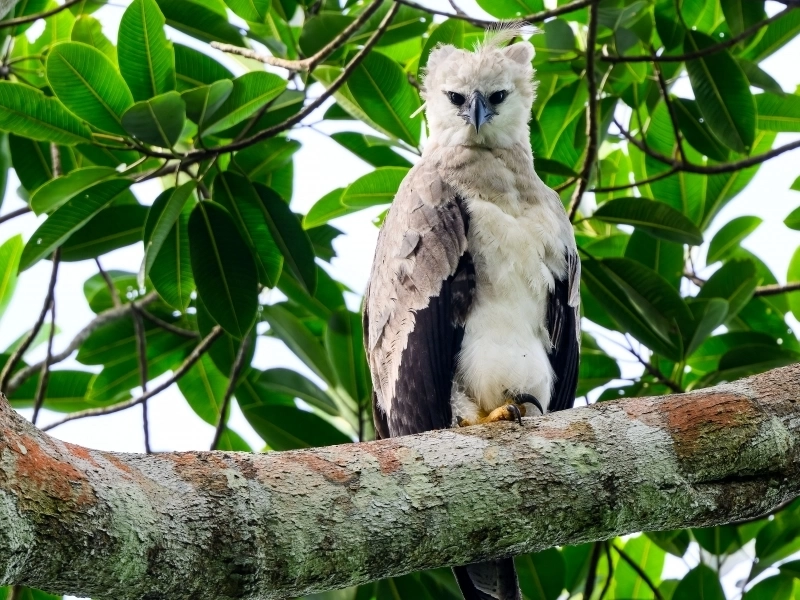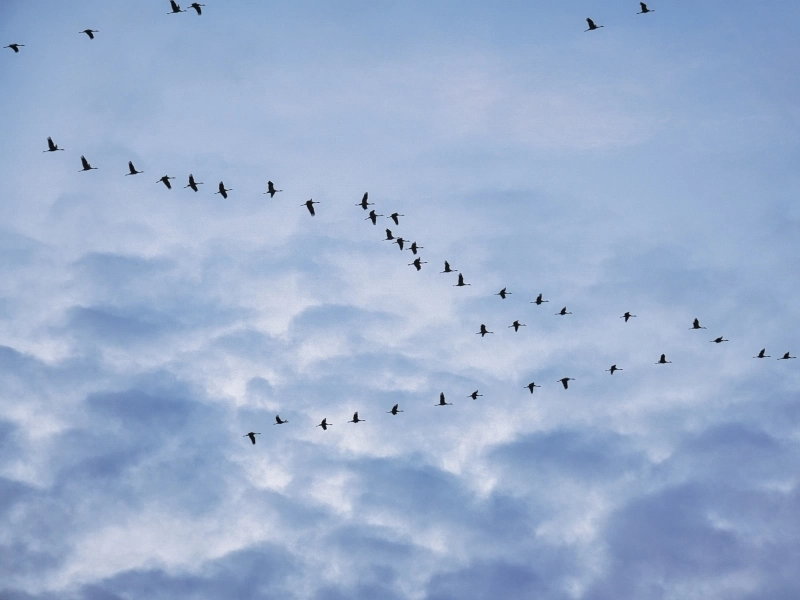News and Testimonials

Las Flores Outing
Las Flores is characterized by floodplains, developed from the interaction of geological processes that have their origin about 70 million years ago, when in the planet the opening of the Atlantic Ocean begins, in the region known as the Low Floods of the Basin del Salado.
The Salado River flows into the Río de la Plata in Ensenada de Samborombón. This zone of the basin, in the East of the province of Buenos Aires, corresponds to the ecoregion of the Pampean grassland. These wet grasslands have a gentle regional slope to the East, with a clear depressed relief, forming a slightly wavy plain.
The climate there is warm temperate with frosts in winter and spring. Rainfall decreases towards the southwest from 1000 to 700 mm per year. Rainfall is recorded all the year although with greater intensity in spring and autumn.
The soils are brown because their bedrock is mainly loess, deep and rich in nutrients, with high retention while to the west the sandy soils increase. The dominant physiognomy is the grassland of medium and tall height. Herbaceous vegetation is predominant and lacks endemisms important (Cuenca del Salado, 2006).
The basin is characterized by periodically presenting and frequent prolonged floods. It is important to know that the birds that can be observed in the area can be divided into 3 large groups depending on their migratory habits. There is a group of birds that remain all year round, which we will call RESIDENTS. There is an important group, which we will call MIGRATOR A, native to the northern hemisphere, who spend spring and summer in this part from the continent and in the fall they migrate to their area of ??origin to reproduce. Finally, the group MIGRADOR C, which are birds that breed in the spring - summer in Patagonia and in the fall season - winter it is possible to spot them in the central area of ??the country.
On June 21 and 22, 2021, a tour of the area was carried out to carry out a survey of birds mainly, in lagoons previously selected in the context of the study that Juan Seco Pon is leading.
On the first day, a route of just over 200 km was made, in which 23 lagoons were surveyed; the lagoons visited were checked with long-range viewers from the route; in general it was about gaps temporary with little development of associated vegetation. On the 22nd a tour of about 25 km observing birds on a disused road; associated native grassland was observed in excellent state of conservation, being very representative of a pasture with scarce anthropic alterations, generally trees and few non-invasive alien species. Both days very cloudy, foggy, cold.
During the 2 days, some 73 species of birds could be seen, all common to the ecoregion from the Pampean pasture. Both typical grassland birds were observed, as well as lagoon birds, and birds that are more frequent to see in anthropized environments. For the time of year, only C.
The nature of the site as a flooded Pampean pasture has made agriculture focused on monoculture production is limited to small sectors. This results in large tracts of natural grassland on which typical grassland birds depend. It has extensions of disused railway lines, widely used by all kinds of wildlife, becoming excellent sites for a different experience in the Pampean grassland. Bird watching becomes a complement here to any related tourist activity to experiences with nature.
Report: Adriana Bellotti
Traduction: Maggie Benedetto

